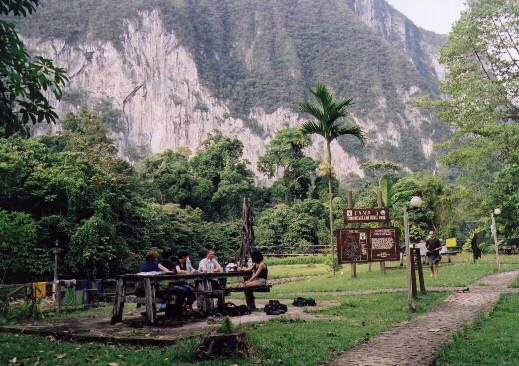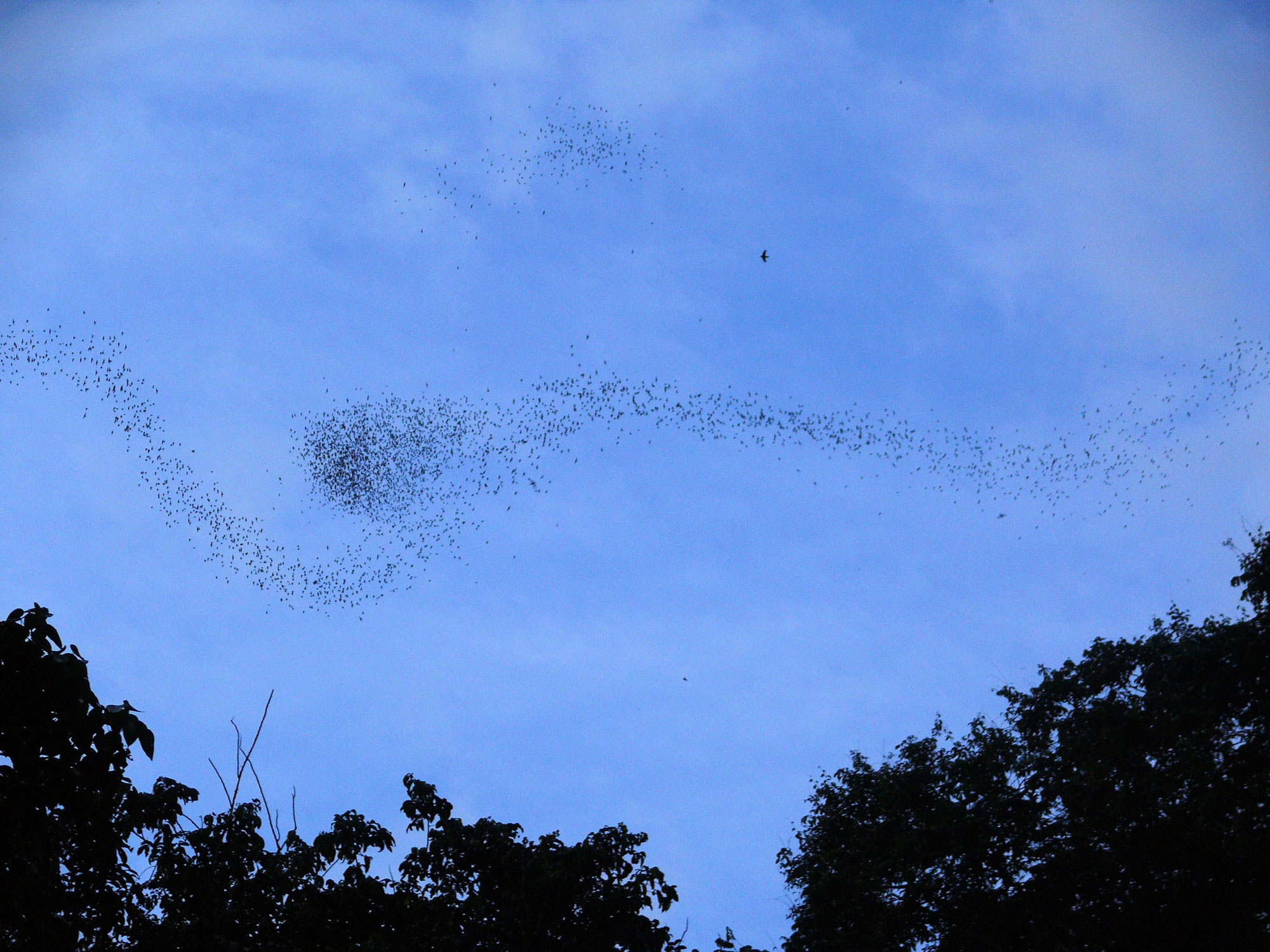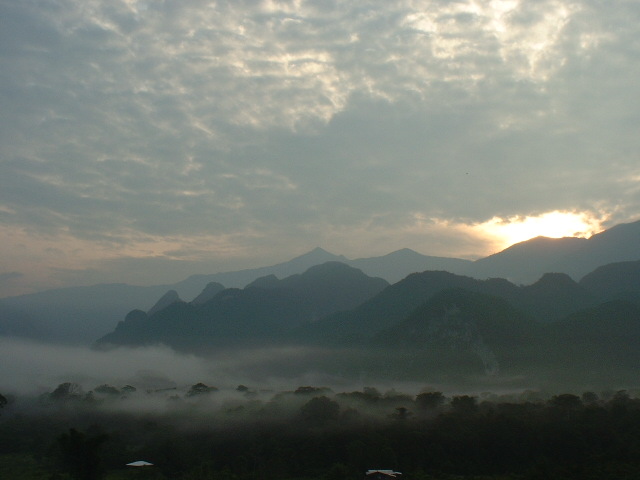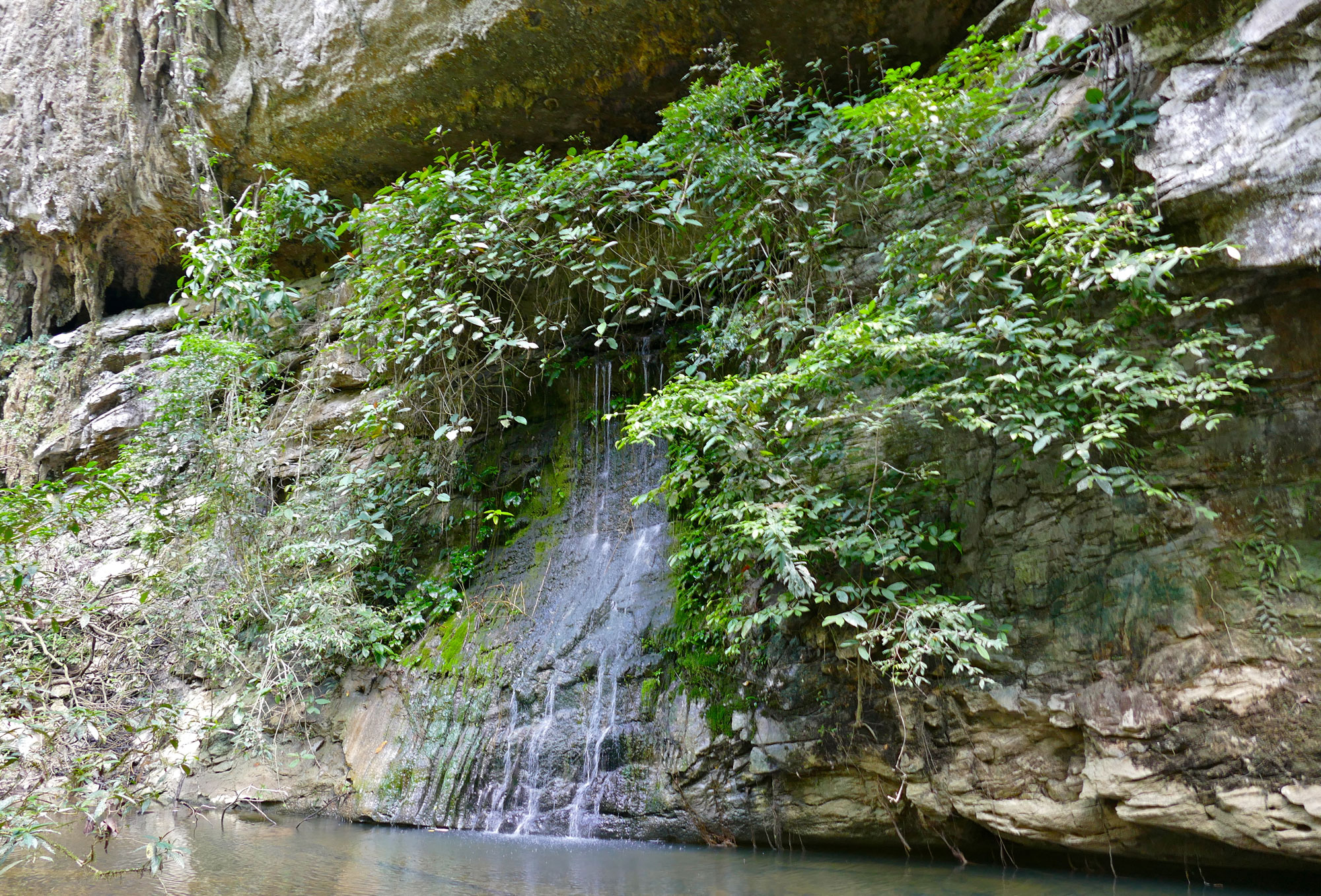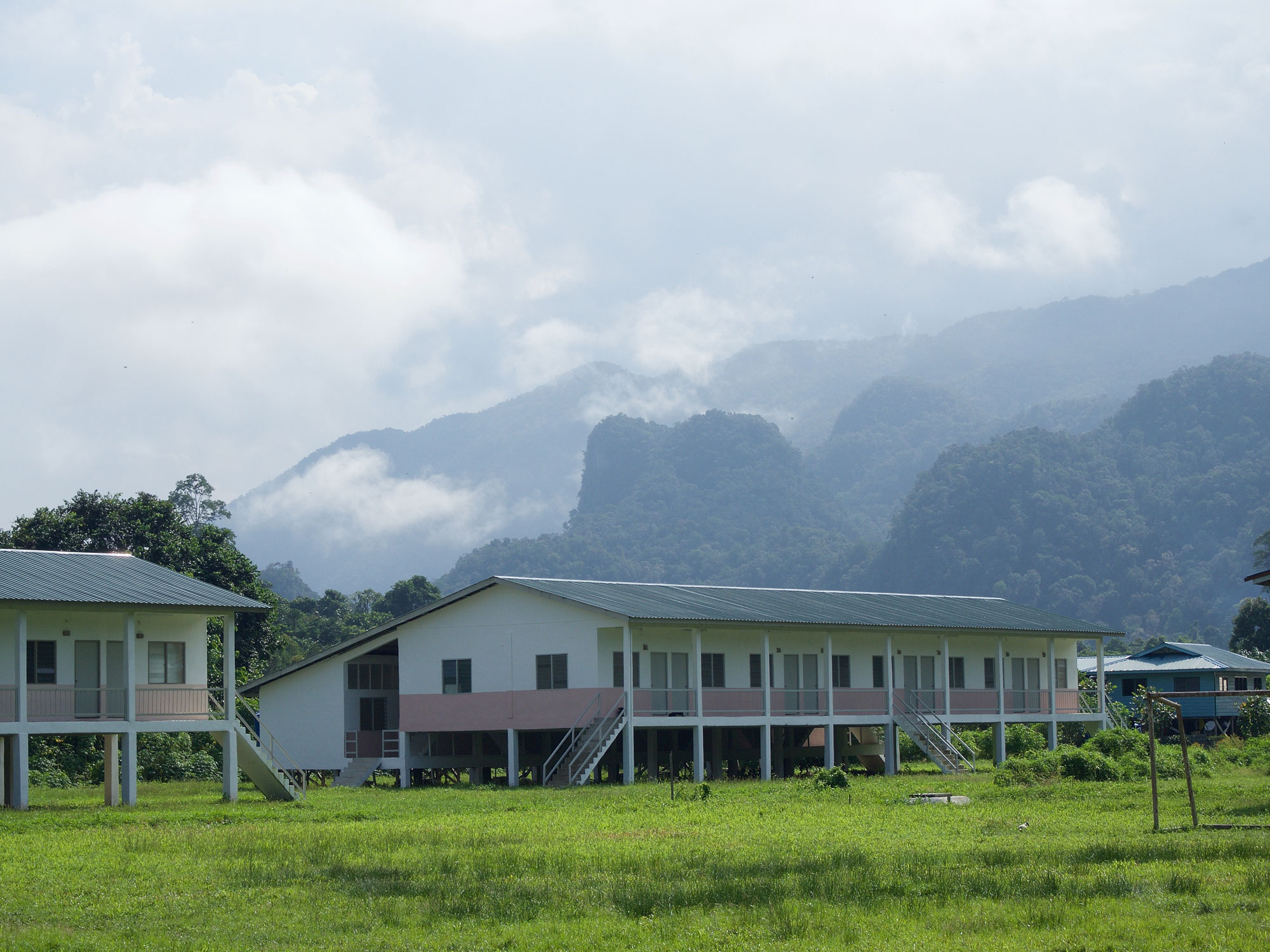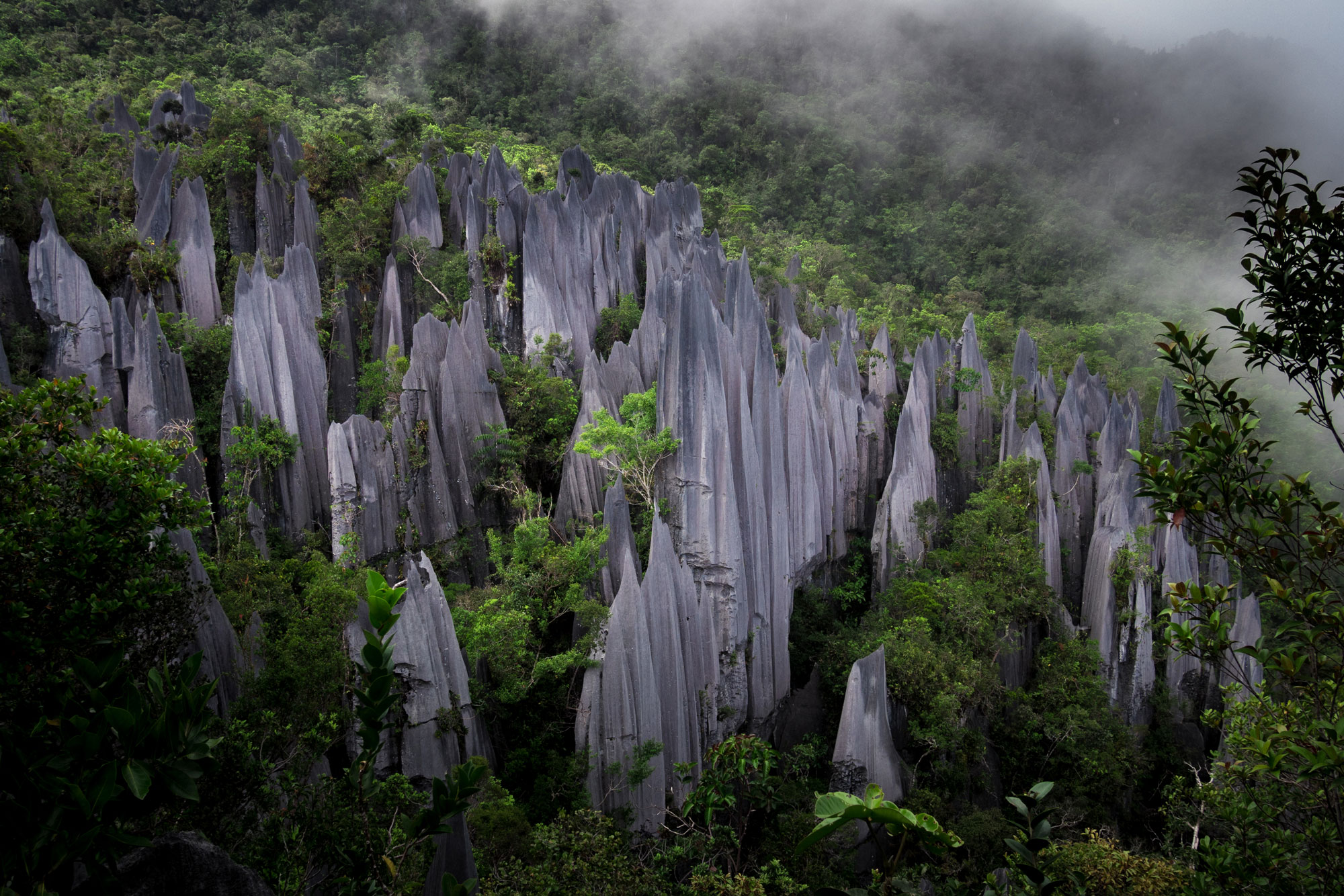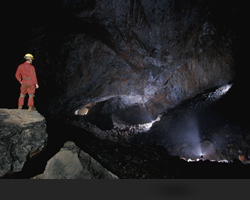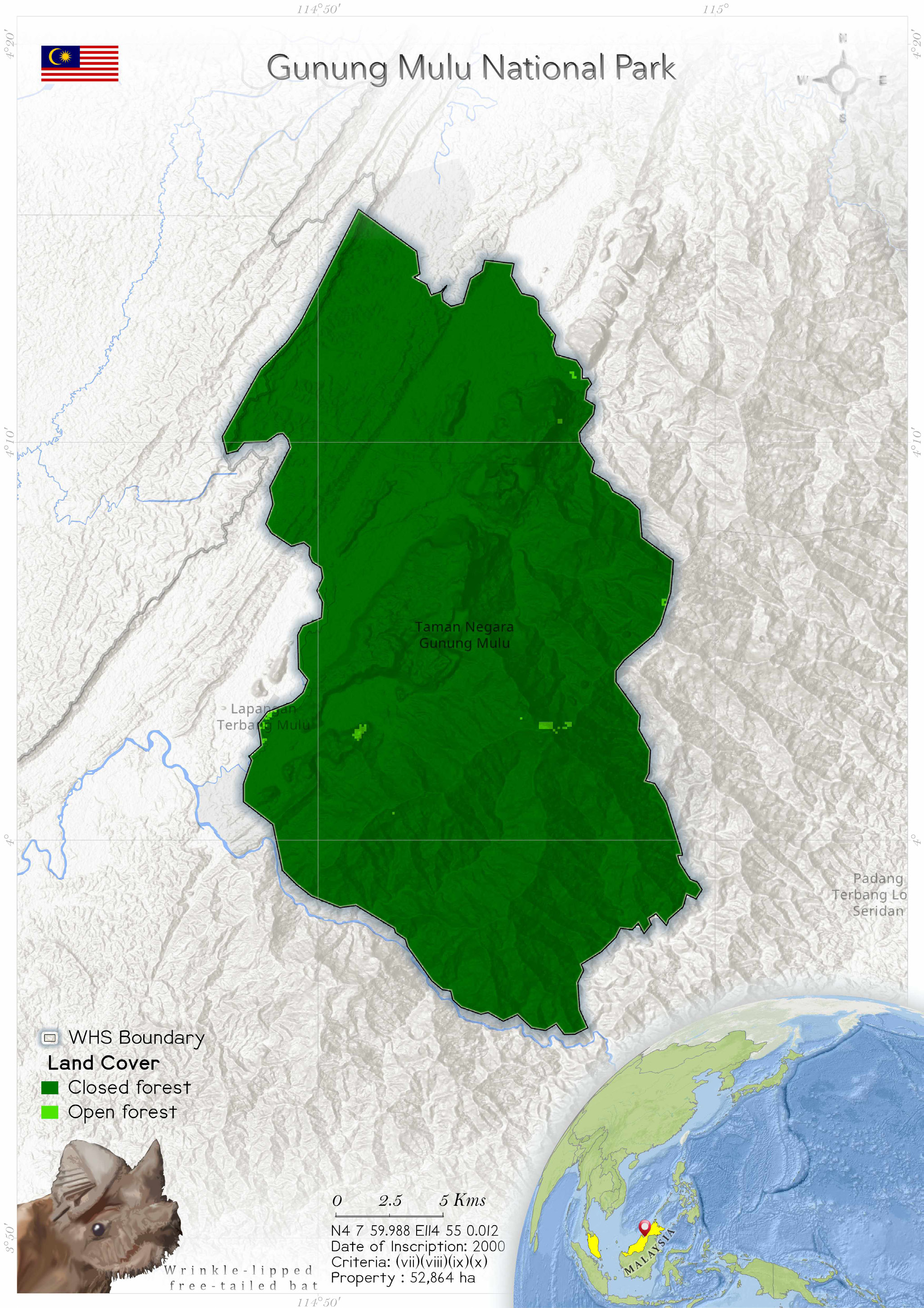
Gunung Mulu National Park (1013)
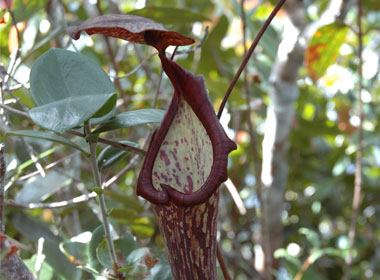 Gunung Mulu National Park was declared a World Heritage Site by UNESCO in 2000. With an area of 52,864 ha, it has various landforms such as caves, karst deposits, steep ridges, gorges, waterfalls, hot springs, limestone pinnacles and long cave passages (Hazebroek & Kashim bin Abang Morshidi 2006).The massive cave formations, created over 6 million years, and mineral deposits of limestone and sandstone have been attracting many researchers, environmentalists and NGOs, who are looking for ways of conserving it. The UNESCO and IUCN had highlighted the importance of promoting involvement of the indigenous communities in the management of the park as their traditional knowledge involves using natural resources, they know sustainable and eco-friendly ways of handling the property. Illegal trading and poaching of the endemic species of swiftlet are impacting its population. The government took responsible actions in all these issues, and these are protecting the OUVs of Gunung Mulu National Park.
Gunung Mulu National Park was declared a World Heritage Site by UNESCO in 2000. With an area of 52,864 ha, it has various landforms such as caves, karst deposits, steep ridges, gorges, waterfalls, hot springs, limestone pinnacles and long cave passages (Hazebroek & Kashim bin Abang Morshidi 2006).The massive cave formations, created over 6 million years, and mineral deposits of limestone and sandstone have been attracting many researchers, environmentalists and NGOs, who are looking for ways of conserving it. The UNESCO and IUCN had highlighted the importance of promoting involvement of the indigenous communities in the management of the park as their traditional knowledge involves using natural resources, they know sustainable and eco-friendly ways of handling the property. Illegal trading and poaching of the endemic species of swiftlet are impacting its population. The government took responsible actions in all these issues, and these are protecting the OUVs of Gunung Mulu National Park.
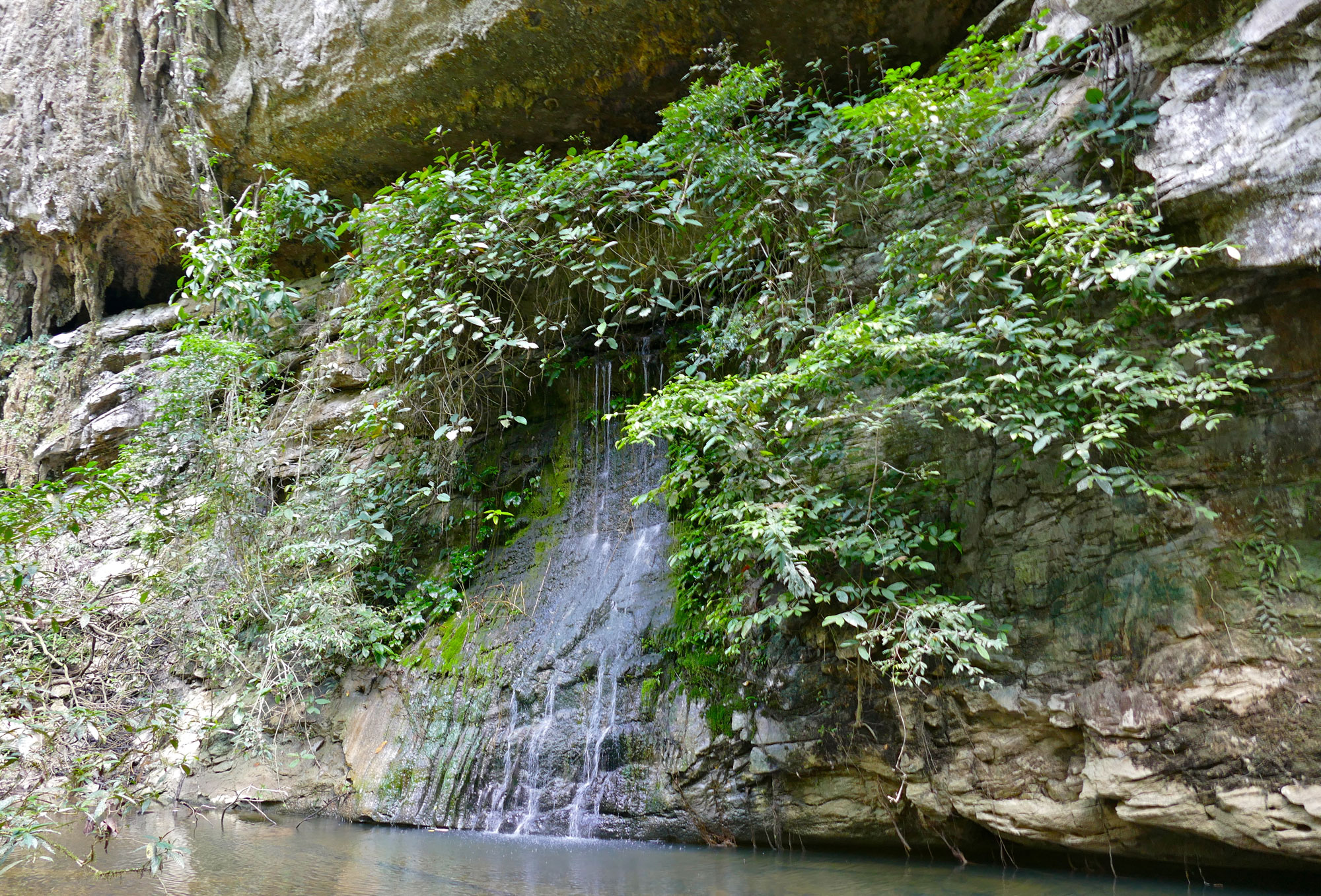 Located in Sarawak of Malaysia (3° 56' to 4° 16' N and 114° 47' to 115° 00' E) (World heritage Datasheet 2011), Gunung Mulu National Park is a mountainous equatorial rainforest, known for its natural beauty and karsts and enormous caves formed over millions of years. The national park is located in Miri Division, of Sarawak, about 100 km from Brunei and trapped between the Tutoh River and Mendalam River (World heritage Datasheet 2011). In 1978, a team from the Royal Geographical Society (UK) set out on an expedition to unexplored caves, namely, Clearwater Caves, Prediction Cave, Green Cave and Wonder Cave. The national park has three major geological formations—the Mulu Formation, the Melinau Limestone Formation and the Setap Shales (Liechti et al. 1960; Wannier 2009; Webb 1982; Wilford 1961).
Three massive mountains surround the national park-Mount Mulu, Mount Api and Mount Benarat (World Heritage Datasheet 2011). The sandstone deposits of Mount Mulu and the limestone deposits of Mount Api and Mount Benarat make Gunung Mulu a well-known site of valuable mineral deposits. Along with these, three caves distinguish the national park, namely, Sarawak Chamber, Deer Cave and Clearwater Cave (Waltham 2019). Sarawak Chamber is the largest cave chamber in the world (Owen 2009; Waltham 2019). Deer Cave is the world’s most significant cave passage, with a diameter of 120–150 m, and Clearwater Cave is considered the most extensive cave system in Southeast Asia (226 km in diameter) (Waltham 2019). Gunung Mulu National park receives 4000–6000 mm of precipitation annually, from December to March and during the south-west monsoon, from May to October. The temperature in the national park can range from 14°C (Mount Mulu summit) to 24°C (lowlands) (World Heritage Datasheet 2011). As a result, the biodiversity is rich. The massive mountainous rainforest is home to 3500 species of vascular plant, 1500 flowering plants, 170 species of orchid, 10 species of pitcher plant, 8000 types of fungus and about 1700 species of liverwort and moss . Eugenia, Garcinia, Durio, Calophyllum, Shorea, Stereodontopsis flagellifera, Coryphopteria andersonii, Hypnodendron beccarii, H. vitiense and Sphagnum perichaetiale are endemic to the vast rainforest. The montane forest vegetation consists primarily of shrubs such as Rhododendron and Vaccinium and pitcher plants such as Nepenthes spp., while the lower montane vegetation is dominated by Quercus subsericea.
The limestone vegetation on Mount Api and Mount Benarat includes Monophyllae beccarii, M. horsfieldii, Cytandra sp., Salacca rupicola, Calamus neilsonii, Eugeissona utilis, Iguanura melinauensis, Licuala lanata(alluvial plain) and Areca abdulrahmanii (World Heritage Datasheet 2011). There are over 20,000 species of invertebrate, 81 species of mammal, 270 species of bird, 55 species of reptile, 76 species of amphibian, 48 species of fish and 458 species of ant at the site. About 28 species of bats dwell in the caves, out of which 12 species have been found specifically in Deer Cave (World Heritage Datasheet 2011). In the Mulu Range, eight species of hornbill, including the rhinoceros hornbill (Buceros rhinoceros), the wrinkled hornbill (Aceros corrugatus) and the helmeted hornbill (Rhinoplax vigil) have been found at the site (World Heritage Datasheet 2011). The Malayan tail-less leaf-nosed bat (Coelops robinsoni) (VU) and the bronze tube-nosed bat (Murina aenea) (VU) are endemic species of Borneo. The walls and roofs of the caves are inhabited by swiftlets, two species in particular, the black-nest swiftlet (Collocalia maximus) and the white-nest swiftlet (Collocalia fuciphagus) (Hobbs 2003). A new bush frog belonging to the Philautus aurifasciatus group has been discovered in the montane forest of the karst mountain Gunung Api in Gunung Mulu National Park (Dehling 2010).
Located in Sarawak of Malaysia (3° 56' to 4° 16' N and 114° 47' to 115° 00' E) (World heritage Datasheet 2011), Gunung Mulu National Park is a mountainous equatorial rainforest, known for its natural beauty and karsts and enormous caves formed over millions of years. The national park is located in Miri Division, of Sarawak, about 100 km from Brunei and trapped between the Tutoh River and Mendalam River (World heritage Datasheet 2011). In 1978, a team from the Royal Geographical Society (UK) set out on an expedition to unexplored caves, namely, Clearwater Caves, Prediction Cave, Green Cave and Wonder Cave. The national park has three major geological formations—the Mulu Formation, the Melinau Limestone Formation and the Setap Shales (Liechti et al. 1960; Wannier 2009; Webb 1982; Wilford 1961).
Three massive mountains surround the national park-Mount Mulu, Mount Api and Mount Benarat (World Heritage Datasheet 2011). The sandstone deposits of Mount Mulu and the limestone deposits of Mount Api and Mount Benarat make Gunung Mulu a well-known site of valuable mineral deposits. Along with these, three caves distinguish the national park, namely, Sarawak Chamber, Deer Cave and Clearwater Cave (Waltham 2019). Sarawak Chamber is the largest cave chamber in the world (Owen 2009; Waltham 2019). Deer Cave is the world’s most significant cave passage, with a diameter of 120–150 m, and Clearwater Cave is considered the most extensive cave system in Southeast Asia (226 km in diameter) (Waltham 2019). Gunung Mulu National park receives 4000–6000 mm of precipitation annually, from December to March and during the south-west monsoon, from May to October. The temperature in the national park can range from 14°C (Mount Mulu summit) to 24°C (lowlands) (World Heritage Datasheet 2011). As a result, the biodiversity is rich. The massive mountainous rainforest is home to 3500 species of vascular plant, 1500 flowering plants, 170 species of orchid, 10 species of pitcher plant, 8000 types of fungus and about 1700 species of liverwort and moss . Eugenia, Garcinia, Durio, Calophyllum, Shorea, Stereodontopsis flagellifera, Coryphopteria andersonii, Hypnodendron beccarii, H. vitiense and Sphagnum perichaetiale are endemic to the vast rainforest. The montane forest vegetation consists primarily of shrubs such as Rhododendron and Vaccinium and pitcher plants such as Nepenthes spp., while the lower montane vegetation is dominated by Quercus subsericea.
The limestone vegetation on Mount Api and Mount Benarat includes Monophyllae beccarii, M. horsfieldii, Cytandra sp., Salacca rupicola, Calamus neilsonii, Eugeissona utilis, Iguanura melinauensis, Licuala lanata(alluvial plain) and Areca abdulrahmanii (World Heritage Datasheet 2011). There are over 20,000 species of invertebrate, 81 species of mammal, 270 species of bird, 55 species of reptile, 76 species of amphibian, 48 species of fish and 458 species of ant at the site. About 28 species of bats dwell in the caves, out of which 12 species have been found specifically in Deer Cave (World Heritage Datasheet 2011). In the Mulu Range, eight species of hornbill, including the rhinoceros hornbill (Buceros rhinoceros), the wrinkled hornbill (Aceros corrugatus) and the helmeted hornbill (Rhinoplax vigil) have been found at the site (World Heritage Datasheet 2011). The Malayan tail-less leaf-nosed bat (Coelops robinsoni) (VU) and the bronze tube-nosed bat (Murina aenea) (VU) are endemic species of Borneo. The walls and roofs of the caves are inhabited by swiftlets, two species in particular, the black-nest swiftlet (Collocalia maximus) and the white-nest swiftlet (Collocalia fuciphagus) (Hobbs 2003). A new bush frog belonging to the Philautus aurifasciatus group has been discovered in the montane forest of the karst mountain Gunung Api in Gunung Mulu National Park (Dehling 2010).
Criterion (viii)
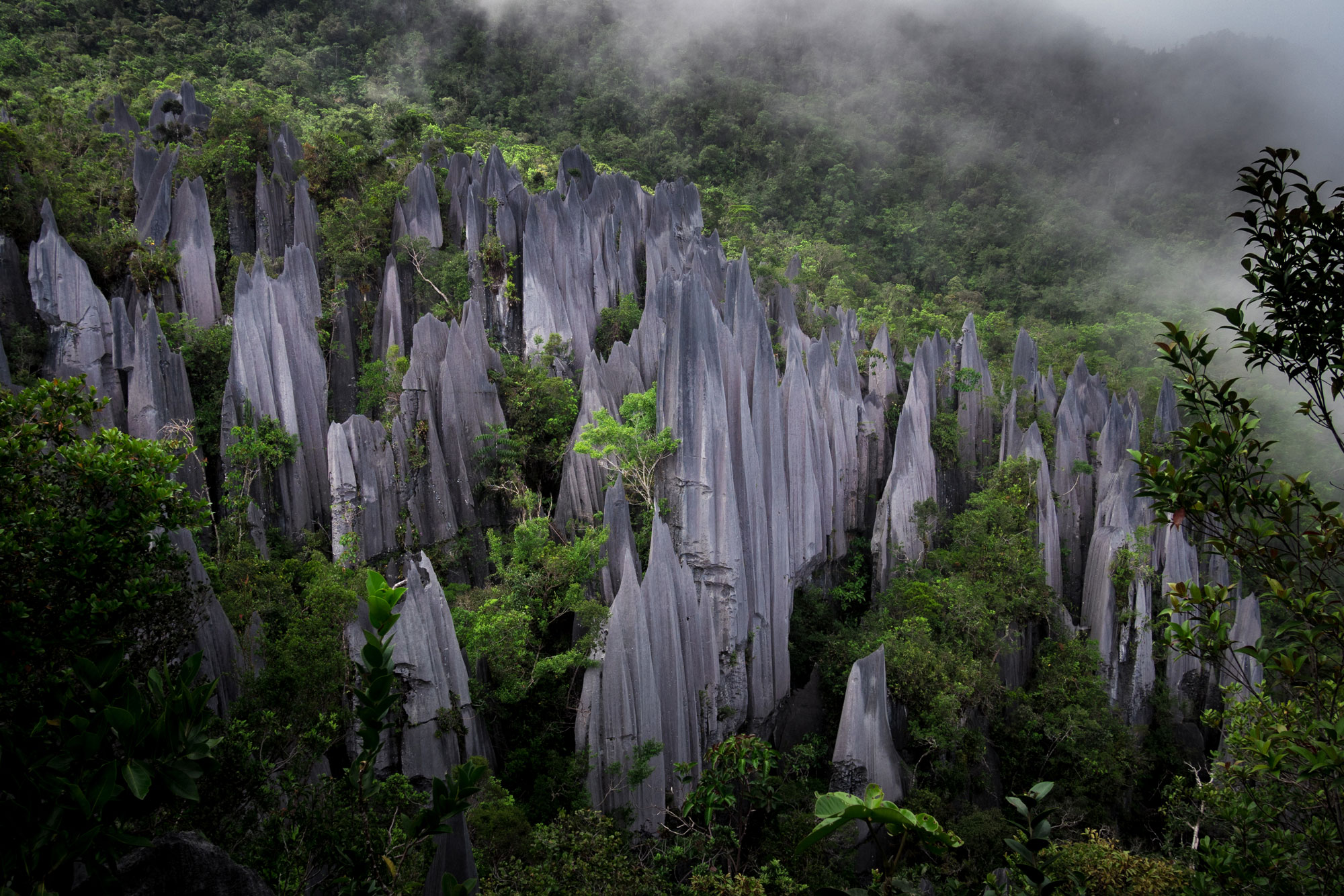 The Park is an outstanding example of major changes in the earth's history. Three major rock formations are evident; the Mulu Formation of Paleocene and Eocene shale's, and sandstone, rising to 2,376 m at the summit of Gunung Mulu: the 1.5 km thick Melinau Limestone formation of Upper Eocene, Oligocene and Lower Miocene, rising to 1,682 m at Gunung Api; and the Miocene Setap Shale formation outcropping as a gentle line of hills to the west. Major uplift that occurred during the late Pliocene to Pleistocene is well represented in the 295 km of explored caves as a series of major cave levels. The surface and underground geomorphology and hydrology reveal significant information on the tectonic and climatic evolution of Borneo. The sequence of terrestrial alluvial deposits provides an important record of glacial – interglacial cycles with the series of uplifted caves ranging from 28 m to over 300 m above sea level are at least 2 to 3 million years old, indicating uplift rates of about 19 cm per 1,000 years.
The Park is an outstanding example of major changes in the earth's history. Three major rock formations are evident; the Mulu Formation of Paleocene and Eocene shale's, and sandstone, rising to 2,376 m at the summit of Gunung Mulu: the 1.5 km thick Melinau Limestone formation of Upper Eocene, Oligocene and Lower Miocene, rising to 1,682 m at Gunung Api; and the Miocene Setap Shale formation outcropping as a gentle line of hills to the west. Major uplift that occurred during the late Pliocene to Pleistocene is well represented in the 295 km of explored caves as a series of major cave levels. The surface and underground geomorphology and hydrology reveal significant information on the tectonic and climatic evolution of Borneo. The sequence of terrestrial alluvial deposits provides an important record of glacial – interglacial cycles with the series of uplifted caves ranging from 28 m to over 300 m above sea level are at least 2 to 3 million years old, indicating uplift rates of about 19 cm per 1,000 years.
Criterion (ix)
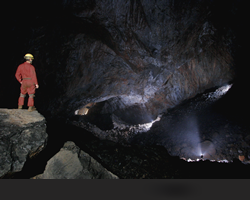 The property provides significant scientific opportunities to study theories on the origins of cave fauna with over 200 species recorded, including many troglobitic species and it displays outstanding examples of ongoing ecological and biological processes. Seventeen vegetation zones have been identified along with their diverse associated fauna. Some 3,500 species of plants, 1,700 mosses and liverworts and over 4,000 species of fungi have been recorded within the property. There are 20,000 species of invertebrates, 81 species of mammals, 270 species of birds, 55 species of reptiles, 76 species of amphibians and 48 species of fish.
The property provides significant scientific opportunities to study theories on the origins of cave fauna with over 200 species recorded, including many troglobitic species and it displays outstanding examples of ongoing ecological and biological processes. Seventeen vegetation zones have been identified along with their diverse associated fauna. Some 3,500 species of plants, 1,700 mosses and liverworts and over 4,000 species of fungi have been recorded within the property. There are 20,000 species of invertebrates, 81 species of mammals, 270 species of birds, 55 species of reptiles, 76 species of amphibians and 48 species of fish.
Criterion (x)
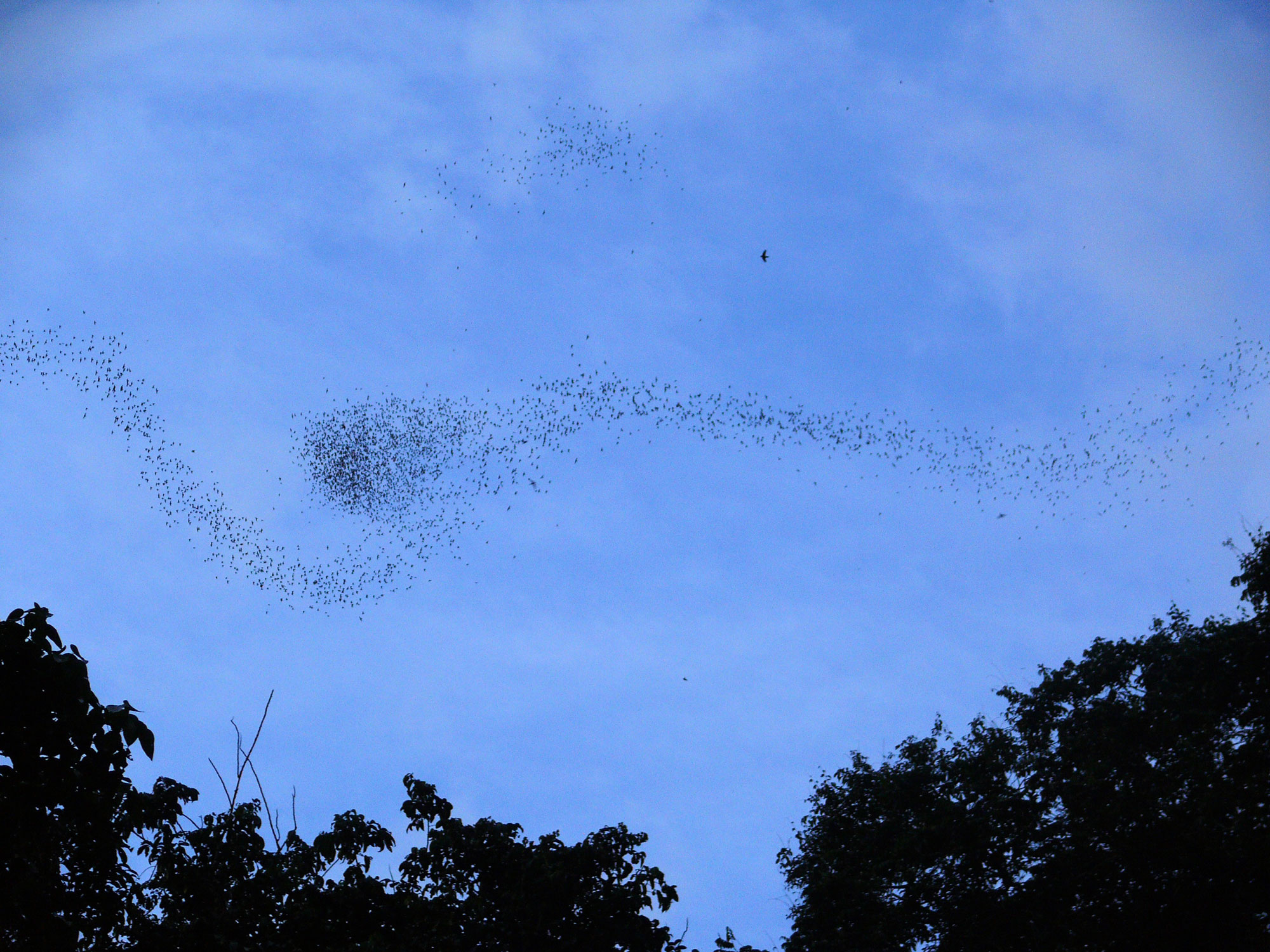 The property supports one of the richest assemblages of flora to be found in any area of comparable size in the world. It is botanically-rich in species and high in endemism, including one of the richest sites in the world for palm species and contains outstanding natural habitats for in-situ conservation for a large number of species; Deer Cave alone has one of the largest colonies in the world of free tailed bats, Chaerephon plicata at over 3 million. This one cave also has the largest number of different species of bats to be found in a single cave. Several million cave swiftlets (Aerodramus sp.) have been recorded from one cave system, constituting the largest colony in the world. Many species of fauna are endemic and 41 species are included on the endangered species list.
The property supports one of the richest assemblages of flora to be found in any area of comparable size in the world. It is botanically-rich in species and high in endemism, including one of the richest sites in the world for palm species and contains outstanding natural habitats for in-situ conservation for a large number of species; Deer Cave alone has one of the largest colonies in the world of free tailed bats, Chaerephon plicata at over 3 million. This one cave also has the largest number of different species of bats to be found in a single cave. Several million cave swiftlets (Aerodramus sp.) have been recorded from one cave system, constituting the largest colony in the world. Many species of fauna are endemic and 41 species are included on the endangered species list.
Status
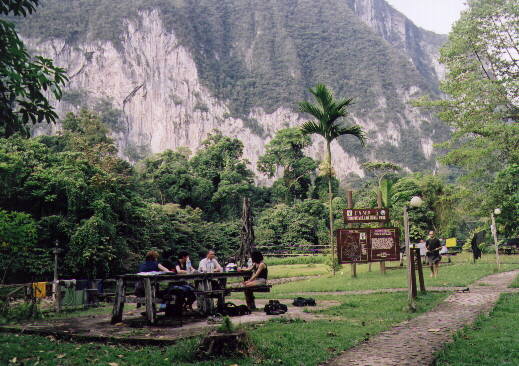 Gunung Mulu National park is an abode to thousands of exotic species of flora and fauna and exhibits huge limestone and sandstone deposits. The place provides a hub to researchers and environmentalists to conduct studies and on-ground surveys to detect the structure and function of the profound biodiversity and the different types of ecosystems. After getting gazetted by the Samarak government, Gunung Mulu National Park was announced a World Heritage Site by UNESCO in 2000; people began to develop a different perspective towards the beautiful rainforest.
However, in 2001, there was discussion about expanding the Gunung Mulu National Park to include the Gunung Mulu and Gunung Buda areas. The indigenous people demanded involvement in the Park's management for employment. IUCN later ensured to maintain the social cohesion of the indigenous communities, given they held better knowledge of the forest covers. The issue seemingly continued in 2002; the State Party assertively reported that local people actively participated in managing the heritage site.
In 2003, Hobbs undertook a study on the traditional consumption of edible nests of the endemic swiftlets, harvested from the caves in the National Park. These are made of an excretion of glutinous solution from a pair of sublingual salivary glands (Marshall & Folley 1956). Over the years, these nests were considered to have contained therapeutic values. However, it soon posed a threat to the species due to rigorous and large-scale harvesting. The Sarawak Forest Department was held responsible for poaching these birds for the nests to be sold in the black market. Soon, it was declared illegal, and permission was allotted for only sustainable consumption (Hobbs 2003). According to IUCN (2020) assessment, the Gunung Mulu National Park was regarded as "Good with some concerns." The State Party accomplished effective management practices to maintain the Park in a stable condition.
Gunung Mulu National park is an abode to thousands of exotic species of flora and fauna and exhibits huge limestone and sandstone deposits. The place provides a hub to researchers and environmentalists to conduct studies and on-ground surveys to detect the structure and function of the profound biodiversity and the different types of ecosystems. After getting gazetted by the Samarak government, Gunung Mulu National Park was announced a World Heritage Site by UNESCO in 2000; people began to develop a different perspective towards the beautiful rainforest.
However, in 2001, there was discussion about expanding the Gunung Mulu National Park to include the Gunung Mulu and Gunung Buda areas. The indigenous people demanded involvement in the Park's management for employment. IUCN later ensured to maintain the social cohesion of the indigenous communities, given they held better knowledge of the forest covers. The issue seemingly continued in 2002; the State Party assertively reported that local people actively participated in managing the heritage site.
In 2003, Hobbs undertook a study on the traditional consumption of edible nests of the endemic swiftlets, harvested from the caves in the National Park. These are made of an excretion of glutinous solution from a pair of sublingual salivary glands (Marshall & Folley 1956). Over the years, these nests were considered to have contained therapeutic values. However, it soon posed a threat to the species due to rigorous and large-scale harvesting. The Sarawak Forest Department was held responsible for poaching these birds for the nests to be sold in the black market. Soon, it was declared illegal, and permission was allotted for only sustainable consumption (Hobbs 2003). According to IUCN (2020) assessment, the Gunung Mulu National Park was regarded as "Good with some concerns." The State Party accomplished effective management practices to maintain the Park in a stable condition.
